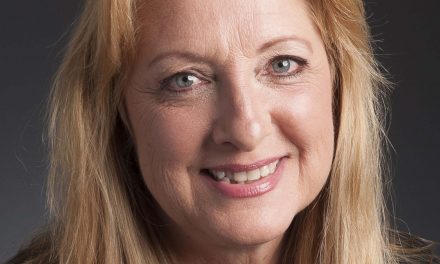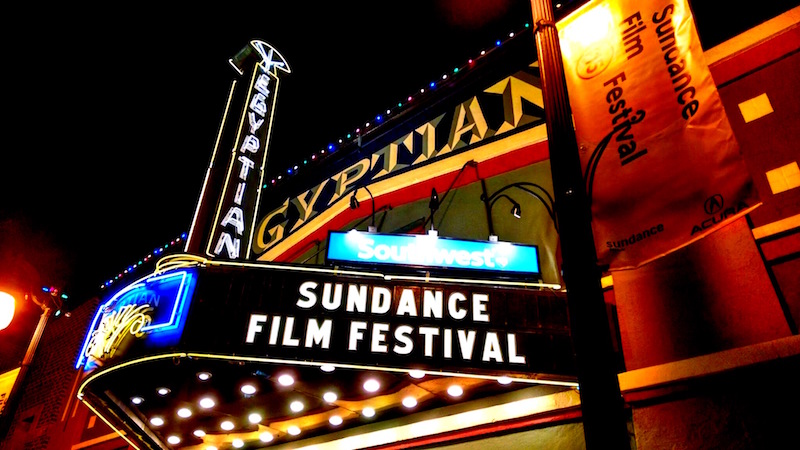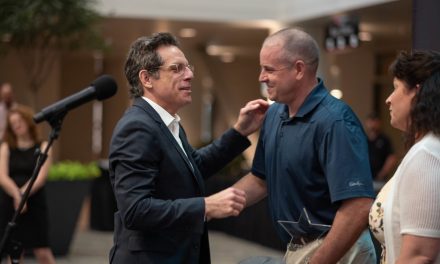After the euphoria, you feel having been accepted into a film festival comes the grounding realizations: How much is this going to cost and will anybody show up?
Films are meant to be seen but spending hundreds of dollars for a handful of viewers can make you reconsider that career in the dishwashing industry.
That is why when you find a great festival, you want to shout it from the rooftops.
The Adirondack Film festival in Glens Falls and Queensbury is that kind of festival.
The brainchild of Chad Rabinovitz—also the artistic director of the Adirondack Theater Festival—which had 10,000 visitors while in its 25th season– it was actually the success of the theatre festival that sparked the film fest.
“We were looking around and saw that we had all these great venues to screen films and realized we could do multiple showings just in our downtown area. It wasn’t like I brought the film festival to the community. The community brought it to me,” Rabinowitz says.
It is estimated that there are over 10,000 film festivals worldwide. They have a habit of popping up and disappearing quickly.
“We had all the infrastructure already with our theatre fest. I knew someone was gonna do a film one and I thought, ‘Why not us?’ The most important thing was that we wanted to do it right,” he says.
The AFF is in its fourth year and doubled its attendance between 2017 and 2018.
“We create a high-end experience where you feel like you have to be in Glens Falls. One of the secrets for us is we put so much into the filmmaker’s experience. We take care of our own.”
The word is definitely out. Last year AFF had 1,500 submissions after starting with around 200 for their first.
“We house every single filmmaker who comes in, which is not a common thing. It’s about communication with them and an attention to detail. Filmmakers are what sustain us,” Rabinowitz says.
AFF did a tremendous amount of research on top-tier festivals to discover how to create the best experience and avoid common pitfalls.
“Every year we look at what was successful and why,” he says. “How can we increase the viewership for the filmmakers?”
The festival also isn’t afraid to experiment. Last year they brought in a virtual reality experience, which was extraordinarily well attended. “When we do something like this, it’s the first time our audience may have had that experience, which is immensely gratifying,” Rabinowitz says.
One of the advantages you notice when you go to AFF is the walkability between venues. This creates a more communal experience as you see dozens of others with their film badges coming in and out of the coffee shops and antique stores that line the street. Having recently returned from Sundance, I could liken it to Park City, but with the advantage of its street not being on a steep hill.
Along with the films, AFF also has some exciting panels. “We flew Craig Pearson, the screenwriter for ‘Moulin Rouge,’ in. He gave an amazing interactive talk about his process. ‘Moulin Rouge’ started as a play, became a movie and now is becoming a Broadway musical. That is perfect for us and is who we are.”
Upstate New York has found it challenging to maintain and build a film festival but AFF shows no signs of losing momentum.
“It’s all about our community. Glens Falls in October is beautiful and we do not have a great deal going besides the festival. You don’t have to be in a big city to matter.”
Adirondack Film Festival runs Oct. 17- 20. To purchase tickets, visit adkfilmfestival.org.
Jon Russell Cring is a Troy-based filmaker who’s most recent film Darcy was featured at the Film Columbia festival in Chatham NY. He and his wife have worked on films such as The Neighbohood That Disapeared and The Night We Met.





